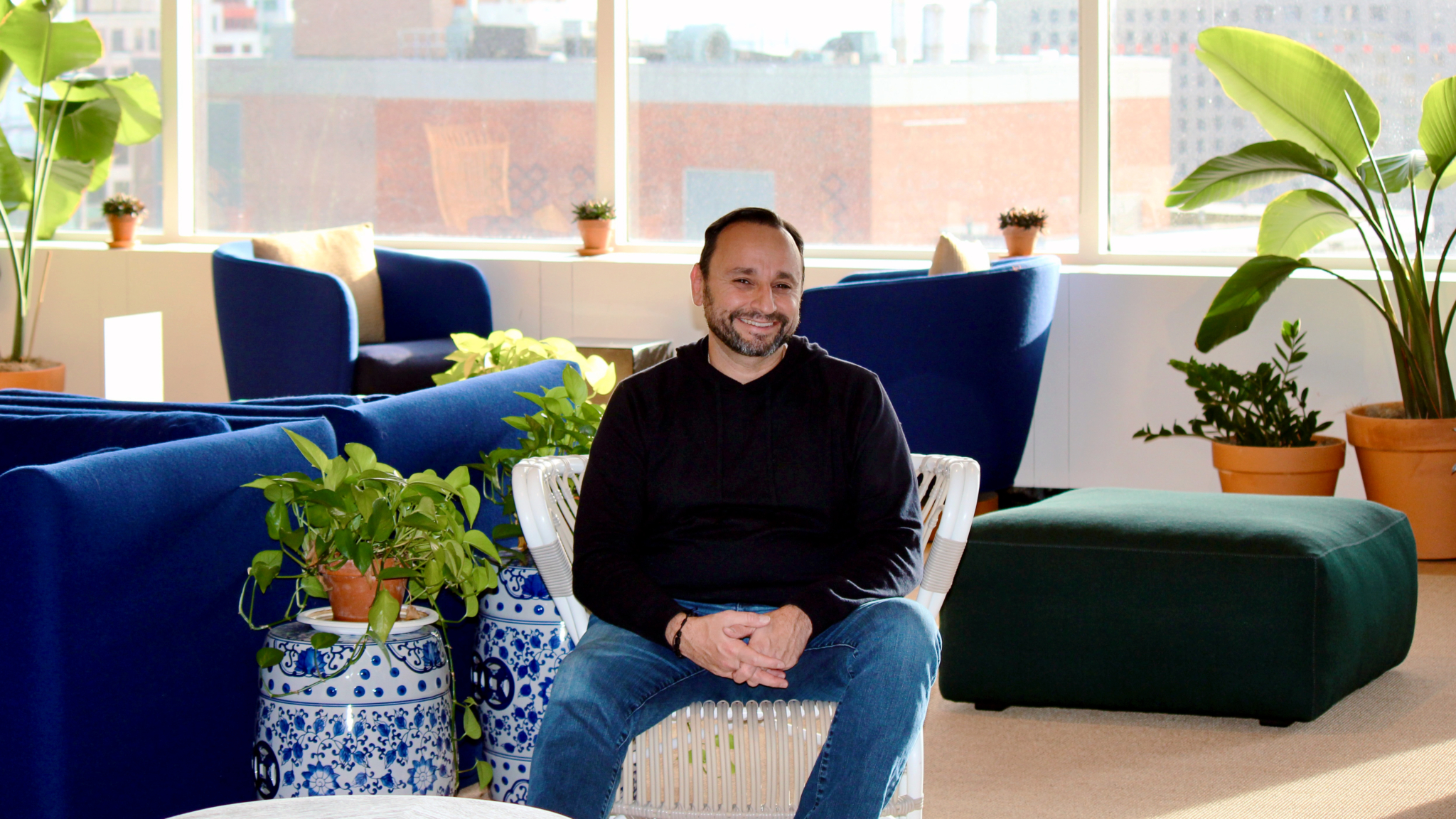Rachel Carson’s 1962 book Silent Spring was a watershed moment in raising public awareness about living organisms, the environment, and the relationship between pollution and public health. This led to the first Earth Day, in 1970, which gave voice to an emerging public consciousness about the state of our planet. We celebrate Earth Week (from April 19 to 24 this year) as a reminder to honor and protect the environment.
If you’re not a fossil fuel or manufacturing company you might wonder why you should care about sustainability for your service-based business. The truth is that although those companies rely on the extraction and use of raw materials, consumers and all other companies are responsible for the bigger share of carbon emissions from the consumption of products. Increasing carbon emissions is the driving force behind global climate change. The drastic weather and public health crisis it’s produced has in turn created more risks for all companies. The COVID-19 pandemic and the winter storm that recently affected Texas, which unexpectedly disrupted everyone’s lives, are recent examples of disasters exacerbated by climate change.
Sustainability is the idea of meeting present needs without compromising the ability of future generations to meet their own needs. Corporate sustainability is rooted in this concept for the company and focuses on three pillars: social, environmental, and economic (or people, planet, and profit). By focusing on these three components, corporate sustainability creates efficiency, sustainable growth, and shareholder value for the company.
For example, a program focusing on all three pillars may work to reduce energy consumption in the office, make it easier to recycle and compost waste, buy renewable electricity to power facilities, and provide adequate benefits and a safe and just workplace for their employees—all the while ensuring the financial health of the company.
It’s more important than ever for companies to invest in the long-term health of their business and their employees through corporate sustainability strategies. These strategies are not just good for the planet but they also reward companies with higher resiliency, recognition, and value-add of their products or services. They also allow companies to attract and retain top talent. Corporate sustainability is an investment, a not-yet standard one that has both quantitative and qualitative paybacks in both the short and long term.
For example, you can easily save 10 percent on your electricity costs by implementing energy-efficiency solutions in your office that cost you $0, or boost your employee performance by 16 percent by adopting sustainable practices, according to the Journal of Organizational Behavior. Today, employee performance is at the forefront of the minds of executives as they make decisions on how to best engage their workforce in the new era of work in the post-pandemic world.
So how can you build sustainability into your business and take advantage of all of the benefits? Here are a few steps.

1. Build a team
Corporate sustainability is an interdisciplinary, complex endeavor that will touch all departments of the company because it tries to address and mitigate the environmental, social, and governance issues of the business. Building a dedicated team to undertake this work will ensure that it is done so in an organized and programmatic manner.
The size and experience of your team depends on the size of your company. If you’re a small company with a limited budget, your corporate sustainability team can be comprised of employees passionate about the subject. For bigger companies, investing in a team of professionals to create the program will ensure it is carefully curated to fit the needs of the business. This would require involving all critical stakeholders in decision-making in order to ensure the long-term success of the business.
2. Assess your business
Now that you have a team, determine the impact of your business on a local and global scale. To ensure that your sustainability program is focusing on areas that suit your business, conduct a materiality assessment. The goal of a materiality assessment is to assess the potential environmental, social, and governance risks the company might be exposed to.
Start by talking to your internal and external business stakeholders, such as your customers, employees, suppliers, trade associations, and non-governmental organizations to determine the major impact areas of your business. Are the potential issues more related to social, environmental, or governance issues and what are the subcategories of each impact area? This approach will help you paint a vivid picture of where you should focus your energy, what goals you should strive for, and how to achieve them.
3. Set ambitious goals
The best corporate sustainability goals are those set by the leadership team. That would provide a strong signal to your workforce and customers that you care about operating in a responsible way. The goal should be researched and determined by the sustainability team using the information collected from the materiality assessment, but ultimately the goal should be announced by the company leader.
At WeWork, for example, our CEO joined RE100 in 2018 and committed the company to using 100 percent renewable electricity by 2025. (RE100 is a group of 290 international companies committed to becoming 100 percent renewable.)
This goal was determined to be important because we knew our buildings consume a lot of electricity. As our portfolio is global, this goal requires the support and resources from the leadership team with global purview. It would not be possible to achieve this if it was proposed by the sustainability team alone. Top-down support is paramount in order to achieve any company goal, including sustainability ones.

4. Outline your strategy
With the information from your materiality assessment, you can now craft a strategy to map out your timeline and allocate your resources appropriately. A strategy will empower your team with a sense of direction when the interdisciplinary nature of the work can sometimes make you feel like you should be focusing on other things. That strategy will also be important when you run into challenges.
The road to success is never a straight path. As long as you have a goal and understand the limitations of your strategy, adversity will factor into your plan. Don’t forget to celebrate the small milestones as well!
In our case, we decided that in order for us to achieve RE100 we had to purchase clean electricity using multiple methods instead of trying to rely on developing one large project. We also had to modify the timeline for our RE100 goal to make it more feasible. It’s all good.
5. Collaborate and help others
Collaboration in the business world may seem counterintuitive, but B2B collaboration in sustainability is necessary for success. After all, all companies are interconnected by their supply chains. Sustainable Brands, a global community of brand innovators, highlights amazing brand collaborations that bring about massive, disruptive, and needed shifts to business as usual.
Collaboration is a staple of WeWork’s RE100 strategy because our portfolio of buildings is fully leased, so we don’t have full operational control of them. We are committed to collaborating with our landlords by adopting both the Future of Internet Power and the Commercial Real Estate Principles, which aim to bring both the landlord and tenant together to increase renewable energy usage in buildings and data centers. Both initiatives are led by the Renewable Energy Buyers Alliance (REBA), a coalition of corporate energy buyers working together to accelerate the zero-carbon energy future.
This Earth Week, let’s continue the legacy of Rachel Carson and the celebration’s original intention not only by increasing our consciousness about the state of our planet but also by acting on making it a better place for all of us.
Illina Frankiv leads WeWork’s Energy & Sustainability Program for North and South America. Her team focuses on operational decarbonization, sustainable resource use, waste management, and ESG reporting. She also climbs tall mountains all over the world.
Rethinking your workspace?










